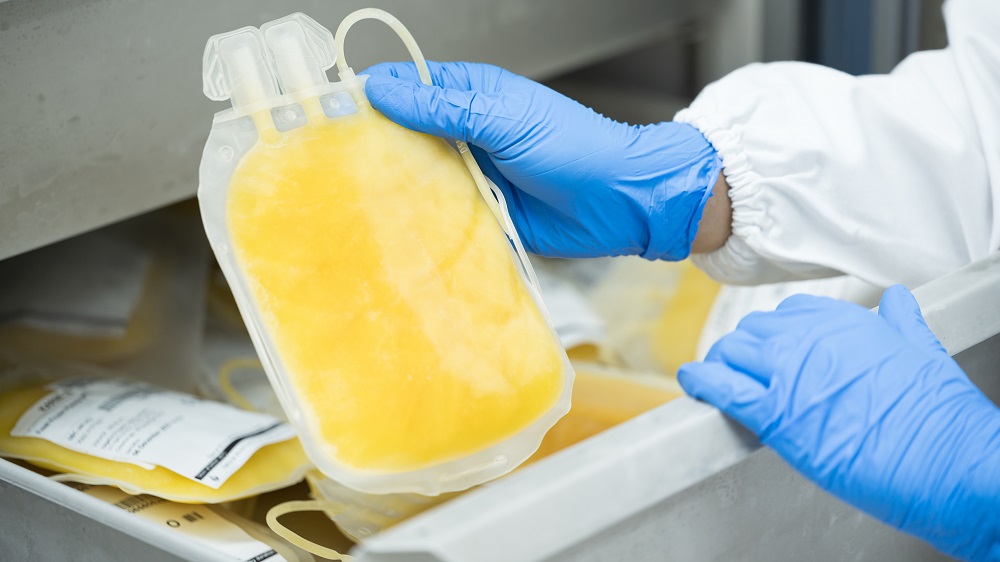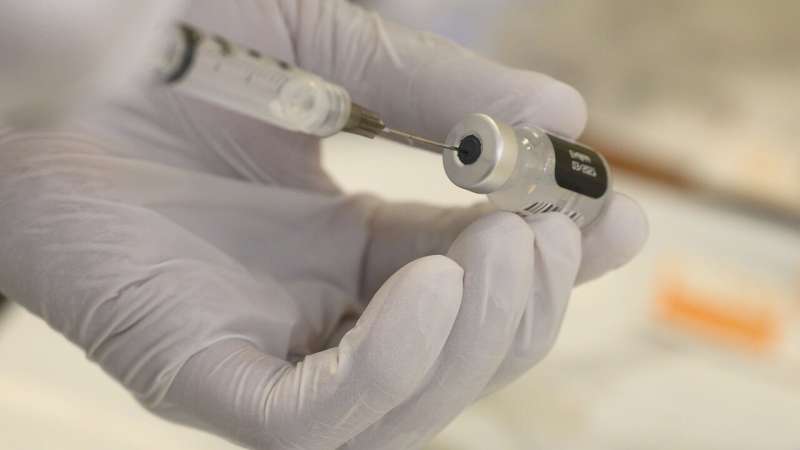Developments in biomedical engineering are revolutionizing our understanding of respiratory diseases, aiding in the creation of effective inhalable medications. A team of researchers from the University of Delaware, led by Assistant Professor Catherine Fromen and graduate student Dominic Hoffman, has introduced a groundbreaking 3D lung model designed to simulate realistic breathing dynamics. This innovative tool offers personalized evaluations of aerosol therapeutics under varied breathing conditions and formulations, fundamentally enhancing the research landscape for inhalable treatments.
The Challenge of Respiratory Diseases
Respiratory diseases pose significant treatment challenges, particularly because inhalable medications must deliver tiny particles, or aerosols, to specific lung locations in appropriate dosages. Variability in drug formulations and delivery methods complicates this process, making it difficult to predict where the medication travels within the lungs. Catherine Fromen emphasizes the importance of understanding aerosol deposition in the lungs to improve treatment outcomes, stating, "If it's designing a better pharmaceutical drug for asthma or a respiratory disease, knowing exactly where the inhaled aerosol lands... will predict how well that works."
Introducing the 3D Lung Model
In a recent study published in the journal Device, Fromen and her team detailed their newly developed adaptable 3D lung model. This model replicates natural breathing patterns, allowing for thorough evaluation of how aerosol medications behave in various lung regions. They have filed a patent application for this innovative design, recognizing its potential to transform inhalable medication research.
The human lung, essential for gas exchange, can be conceptually visualized as a vast area akin to a tennis court. Fromen describes the lung's complex branching structure as a tree, where airways extend from larger bronchi to the smallest alveoli, the fundamental sites for oxygen and carbon dioxide exchange. The model approximates this architecture to better understand and predict the deposition of inhaled medications.
Key Features of the 3D Lung Model
- **Cyclic Breathing Replication**: The model mimics the natural cyclic motion of human breathing, a critical feature that offers realistic testing conditions.
- **Full Lung Volume Representation**: The use of sophisticated 3D printing technology allows for the creation of lattice structures that represent the lung's entire volume and surface area, facilitating accurate modeling of aerosol filtration processes.
According to Fromen, "There's nothing currently out there that has both of these features," highlighting the uniqueness of their model in providing comprehensive insights into aerosol behavior in lung analogs, especially regarding how effectively inhaled medications can be deposited and absorbed.
Methodology and Testing Process
The testing process within the 3D lung model comprises several crucial steps. For instance, during exposure to aerosols, the model is briefly subjected to a five-minute aerosol infusion. However, analyzing the results is more complex:
- Fluorescent molecules are added to the aerosol solution to help track particle deposition.
- After rinsing the model's components, researchers measure the recovered fluorescence to determine particle accumulation at different lung sites.
This approach results in detailed heat maps illustrating aerosol distribution throughout the lung model, providing a powerful tool for validating against clinical benchmarks.
Implications for Personalized Medicine
As the research progresses, the versatility of the UD model is being expanded to include various conditions such as asthma, chronic obstructive pulmonary disease (COPD), and other respiratory disorders. This adaptability aims to improve patient-specific care by considering individual breathing dynamics and anatomical variations:
“This is important, because right now, inhaled pharmaceuticals are designed with a one-size-fits-all approach. But someone who has severe COPD... is going to breathe very differently and have a very different lung structure than someone who is healthy.” – Catherine Fromen
Moreover, the ability to simulate different disease features can shape future treatment protocols and inhaler designs, ensuring more effective drug delivery tailored to patient needs.
Collaborative Potential and Future Directions
The UD team has made its design and methodologies available in an open-source format, promoting collaborative research efforts across various fields, including toxicology and environmental health. By enabling other researchers and clinicians to adapt the model to their specific requirements, the potential for impactful advancements in treatment personalization continues to grow.
In a partnership with the Army Research Lab, Fromen is also applying their 3D lung model to study environmental exposures, assisting in identifying how different particles travel within the lungs and their potential harmful effects.
Table 1: Features of the 3D Lung Model
| Feature | Description |
|---|---|
| Cyclic Breathing Motion | Mimics the natural inhalation and exhalation process of human lungs. |
| Full Volume Representation | Includes 3D printed lattice structures to symbolize entire lung anatomy. |
| Fluorescent Particle Tracking | Employs fluorescent molecules to identify and analyze aerosol deposition. |
Conclusion
The innovative 3D lung model not only enhances research capabilities for inhalable medications but also serves as a critical foundation for developing drugs that can efficiently reach their intended targets within the lungs. In a field often challenged by variability in patient responses and environmental influences, this model provides a pathway toward personalized treatment strategies and improved therapeutic outcomes.
References
[1] Fromen, C., et al. (2024). Experimental full-volume airway approximation for assessing breath-dependent regional aerosol deposition. Device.
[2] University of Delaware. A 3D lung model raises the bar for research. Retrieved from Medical Xpress.
[3] Woodward, I. R., et al. (2024). Detailed studies on aerosol deposition and inhalation dynamics. Inhalation Science.













Discussion